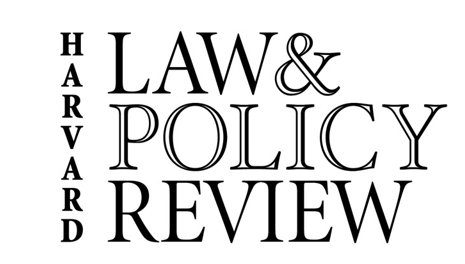Mark Wilson
The next time you’re abroad and want to confuse a foreigner, try explaining the Electoral College. And then, just for fun, try explaining the reasoning behind the Electoral College. It’s a lively debate that results in the scratching of heads and furrowing of brows.
The Electoral College came to recent prominence in 2000 after George W. Bush became president by way of this peculiar constitutional mechanism — the third person to lose the popular vote but be elected president, nevertheless. In Bush v. Gore, the Supreme Court affirmed that individual voters — you and me — have no constitutional right to vote for president; rather, we have a right only to vote for electors, in whose hands we place the power to elect the president.
Because the Electoral College is a constitutional creature, getting rid of it completely would require a constitutional amendment, a dubious prospect indeed in our fractious age. Nine states, however, have come up with alternatives. Last week, California joined eight other states (Vermont, Maryland, Washington, Illinois, New Jersey, Washington, DC, Massachusetts, and Hawaii) in proclaiming that its electoral votes would go to the winner of the national popular vote, not the winner of the state popular vote. (Maine and Nebraska have alternative schemes where electoral votes are doled out based on the winner in each state’s congressional district.)
The Agreement is a brilliant idea, and currently the best way to sidestep the Electoral College, but it’s not quite ready for prime-time. AB 459 joined California to the Agreement Among the States to Elect the President by National Popular Vote, an interstate compact that would require the electors of member states to vote for the winner of the national popular vote. The agreement takes effect only when states possessing a majority of the electoral votes (270) have signed on. So far, they have 132. Of course, once the Agreement reaches the requisite 270, we’ll have some lawsuits about the constitutionality of the agreement, but it’s fairly clear that the Constitution gives states the power to control how their electoral votes are doled out.
It’s time that the anachronism that is the Electoral College be put to bed, one way or another. Back in the late eighteenth century, the term “United States” was literal. The smallest unit of democracy in the new nation was not the individual, but the state: it was the states that agreed to the new Constitution, and it was the states that elected the president. It was also the state legislatures that chose federal senators. Mimicking the British Parliament on which it was based, only the members of the House of Representatives were popularly elected.
It’s 2011 now, and the population is literate enough to decide directly who will be their president. We long ago abandoned our notion that the state is the basic unit of democracy in the United States; if the Constitution is unable to catch up, then we may need to resort to more creative methods.
